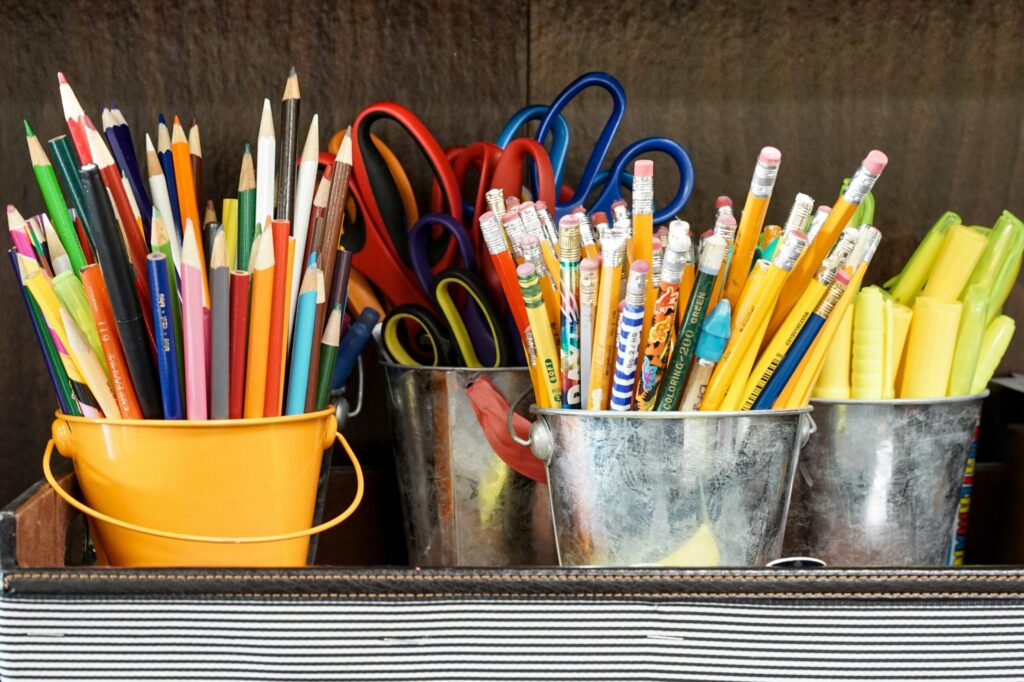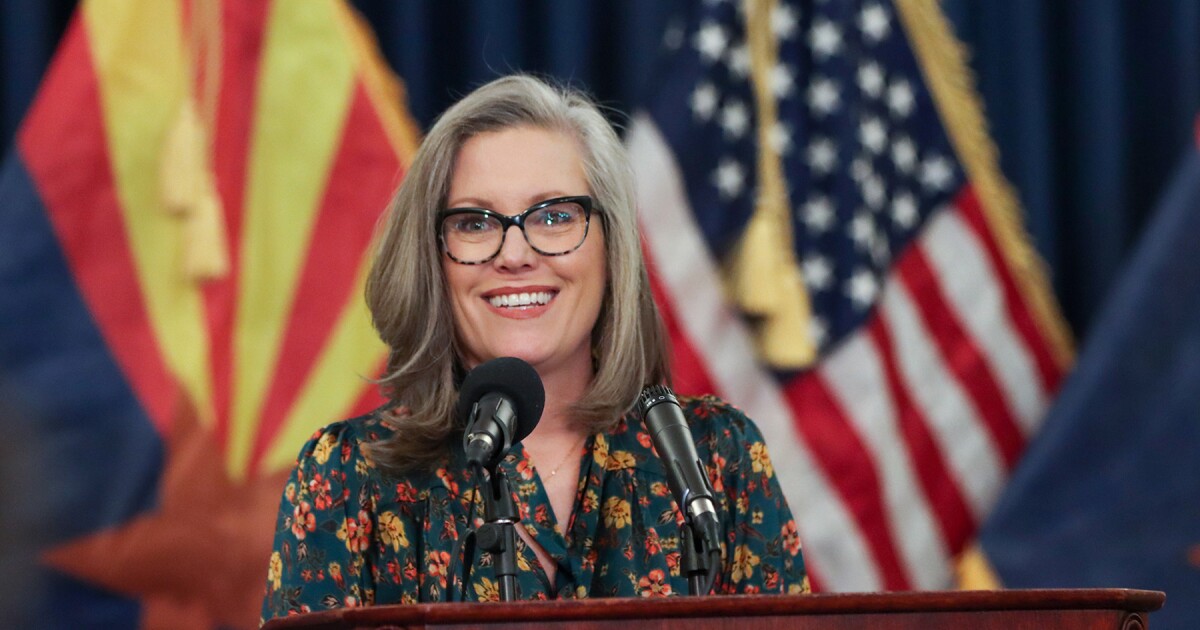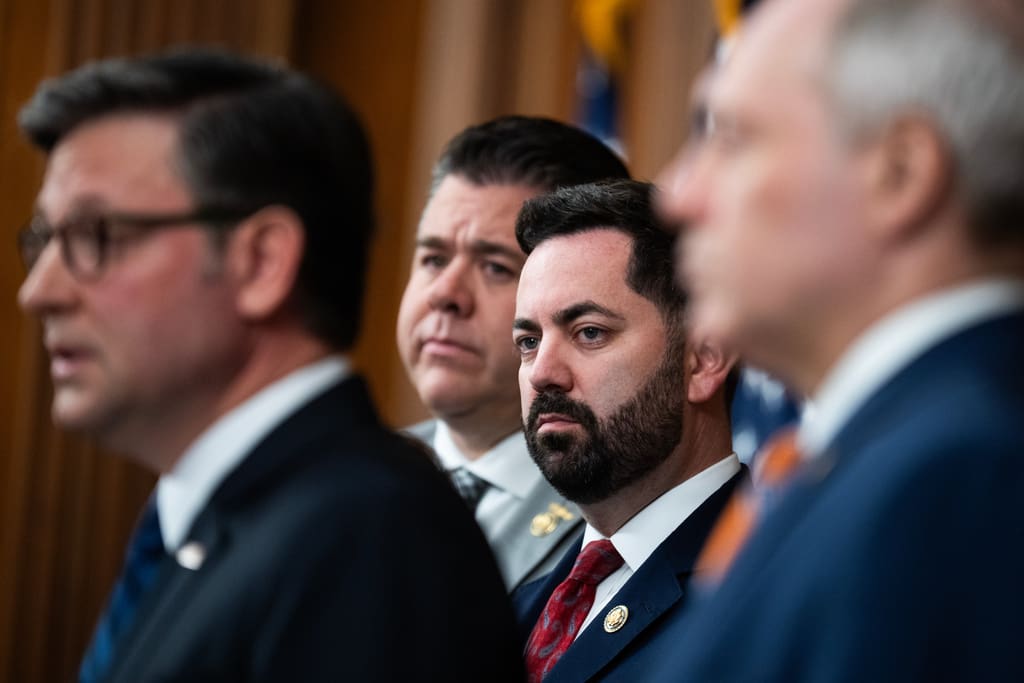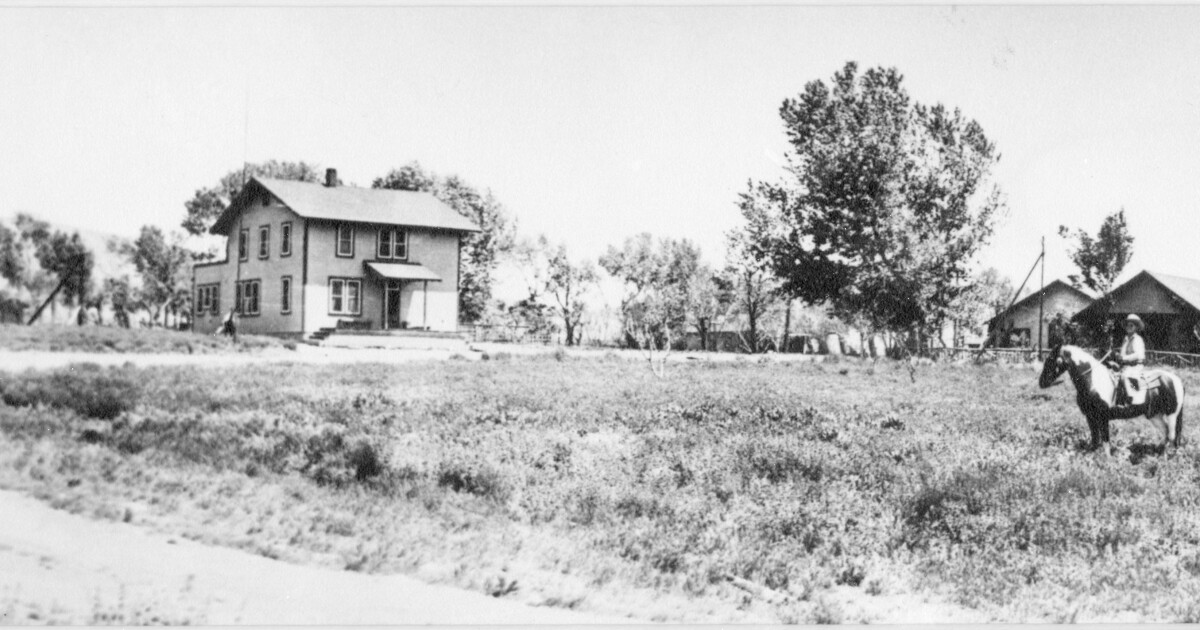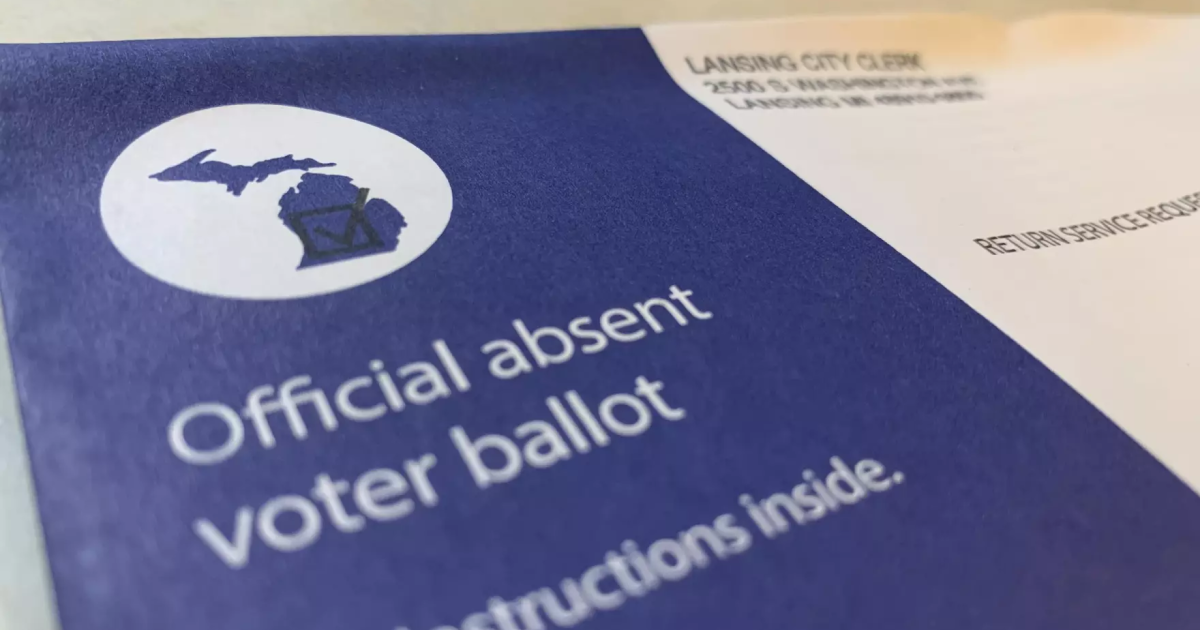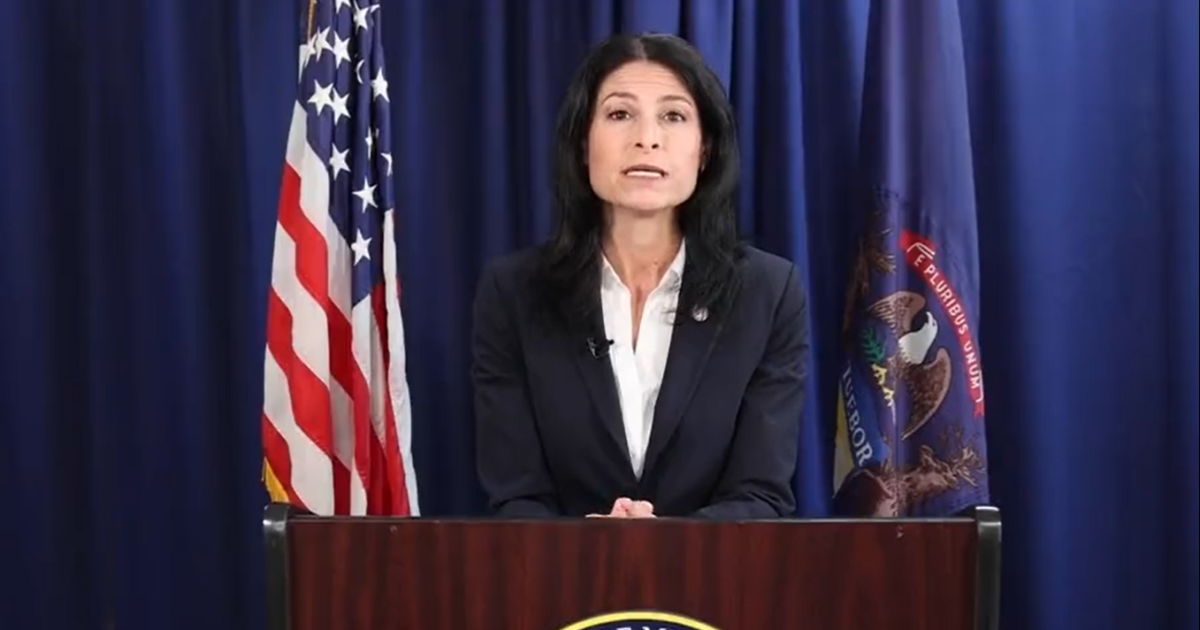Article Summary –
Krista Kaminski, a teacher at Hintgen Elementary School in La Crosse, faced challenges in acquiring necessary classroom supplies due to budget constraints and rising costs, prompting her and many other teachers to create online wishlists to crowdsource needed materials. The increasing prices of school supplies, partly due to tariffs, have affected families and educators, with the National Retail Federation estimating that families will spend an average of $858 on K-12 school supplies in 2023, and Wisconsin educators spending $500 to $750 of their own money annually on classroom needs. Despite these efforts, Kaminski observes a decline in community support and an increase in families struggling to meet basic educational needs, emphasizing the necessity for increased public school funding in Wisconsin.
In late 2020, Hintgen Elementary School in La Crosse resumed in-person classes during the COVID-19 pandemic, but teacher Krista Kaminski lacked the needed supplies for her fourth-grade classroom. Transitioning from special education, Kaminski faced the challenge of needing more individual supplies like whiteboards and yoga mats, as sharing was no longer permitted among teachers.
Her school district funds only basic classroom necessities such as pencils and markers, prompting Kaminski to create an online wishlist after seeing colleagues successfully crowdfund for supplies.
Since the pandemic’s onset, the demand for classroom support remains strong. Wisconsin school districts are struggling financially as supply costs rise. A CNBC report highlights that items like pencils, art supplies, tablets, and backpacks are over 20% pricier than before the pandemic. With President Donald Trump’s tariffs affecting imports, families anticipate further price hikes as the school year approaches.
The National Retail Federation’s annual back-to-school supply survey revealed that 67% of respondents began shopping in early July, up 55% from last year, driven by tariff-related cost fears.
The NRF forecasts around $39.4 billion in spending on K-12 back-to-school supplies this year, a significant rise from $14.5 billion a decade ago. Families are anticipated to spend $858 per child, up from $630 in 2015.
Toni McGee frequently buys extra school supplies for her classroom at Columbus High School, as the district can’t cover nonessentials like replacement books or snacks. Teachers increasingly purchase these supplies themselves, McGee noted, due to dwindling Wisconsin school funding.
Additionally, lagging teacher pay in Wisconsin exacerbates the issue. In a recent survey, 43% of educators indicated their pay somewhat reflects living costs, and the same percentage hold second jobs. A 2023 report by the National Education Association found teachers spend $500-$750 of personal funds on student supplies annually.
“It’s a double-edged sword,” McGee commented, explaining her strategy of spreading classroom purchase costs over summer paychecks. Even in retirement, she continues donating supplies: “We want students comfortable and equipped to learn without worrying about lacking essentials. It’s always worth it.”
Kaminski, now a Title I behavioral interventionist, has maintained a school supply wishlist for five years. She notes price increases this year, with social-emotional learning books rising from $7-9 to $11-12.
Around 15 Hintgen Elementary teachers, from a high-poverty student population, also created wishlists this year, Kaminski said. The Get Your Teach On database reports over 300 active Wisconsin teacher wishlists, with more than 100 since June 1. However, community support wanes as prices rise.
“Many friends and family, often fellow teachers, lend a hand,” Kaminski noted, “ironically buying from each other’s wishlists.”
In La Crosse, Kaminski sees more families struggling with costs. Guidance counselors at Hintgen receive increased school supply help requests, and local parenting groups discuss supply drives and deals. Kaminski saved supplies from her son’s 3K year to offset costs as he enters 4K.
“More families need support now than before,” she observed. “Historically, only a few needed help, but numbers have risen post-COVID.”
The rising school supply costs impact students, teachers, and families. It can stigmatize students, McGee said. When families can’t cover basics, the burden shifts to teachers and schools.
“Families can’t afford snacks, so teachers buy crackers themselves. Those costs add up,” Kaminski explained.
“Parents constantly struggle to make ends meet; schools shouldn’t add financial stress,” McGee emphasized.
Kaminski advocates for increased Wisconsin public school funding, stating the recent state budget fell short.
“Prioritizing public education in the state budget would enable us to afford necessary supplies, ensuring students receive what they need without teachers paying out-of-pocket or seeking external support,” Kaminski concluded.
—
Read More Wisconsin News

